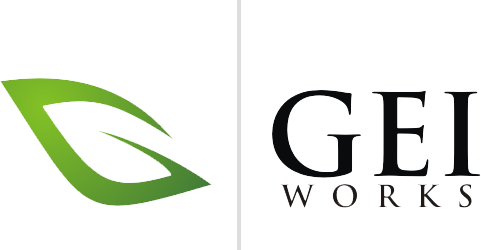Spills and leaks of hazardous materials can have serious consequences for both the environment and businesses. They can cause harm to wildlife and ecosystems, as well as result in financial losses, regulatory fines, and reputational damage. Therefore, it’s important for businesses to have an effective spill response and cleanup plan in place. In this article, we’ll explore best practices for spill response and cleanup to minimize environmental impact and business losses.
Establish an Emergency Response Plan
One of the most important steps in spill response and cleanup is to have an emergency response plan in place. This plan should include procedures for identifying and reporting spills, notifying authorities and emergency responders, and containing and cleaning up the spill. It’s essential to train employees on the plan and ensure that all necessary equipment is readily available.
Use Appropriate Spill Response Equipment
Having the appropriate spill response equipment on hand is critical to containing and cleaning up a spill effectively. This equipment may include absorbent materials, spill kits, booms, and pumps. Businesses should ensure that all employees are trained on how to use the equipment properly, and that it is readily available in case of an emergency.
Act Quickly and Efficiently
When a spill occurs, it’s essential to act quickly and efficiently to contain and clean it up. The longer a spill remains untreated, the greater the potential for environmental harm and business losses. By responding quickly and effectively, businesses can minimize the impact of a spill on the environment and their bottom line.
Follow Proper Disposal Procedures
After a spill has been cleaned up, it’s important to dispose of any contaminated materials properly. This may include hazardous waste, absorbent materials, or contaminated soil. Businesses should follow all relevant regulations and guidelines when disposing of these materials to ensure that they are not contributing to further environmental harm.
Monitor and Evaluate the Spill Response Plan
Once a spill has been cleaned up, it’s important to evaluate the response plan to identify any areas for improvement. This may include updating procedures, acquiring new equipment, or providing additional training to employees. By monitoring and evaluating the response plan regularly, businesses can ensure that they are always prepared to respond quickly and effectively to spills.
At GEI Works, we specialize in providing spill response and cleanup solutions for businesses across a range of industries. We offer a wide range of spill response equipment to ensure that your business is prepared for any emergency.
Contact Our Team at GEI Works to discuss your project and develop a solution.
geiworks.com | (772) 646–0597 | info@geiworks.com




